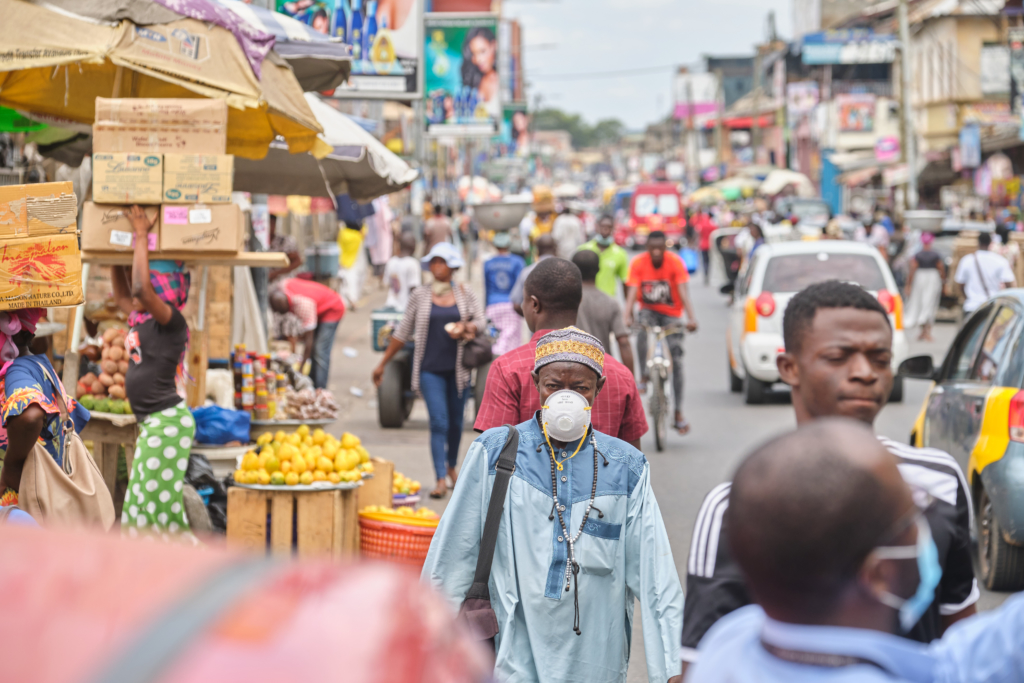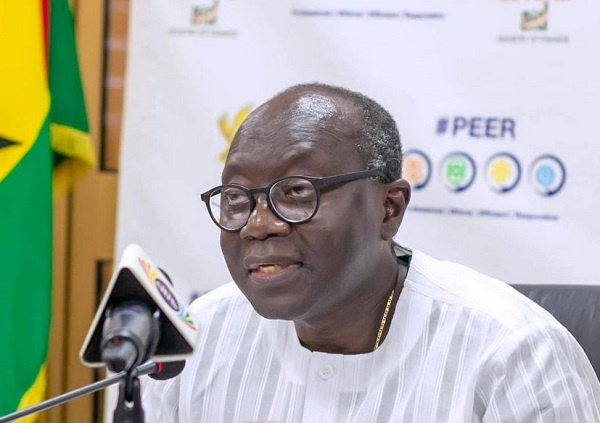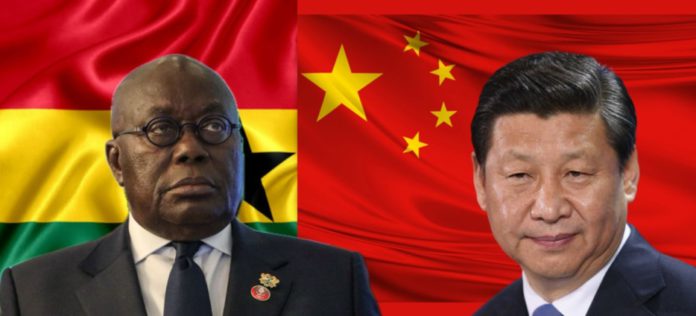Ghana is currently grappling with a dire economic situation, having defaulted on a large portion of its external debt payments nearly a year ago.
Despite ongoing negotiations with various creditor groups such as the Paris Club, China, and bilateral creditors, progress has been sluggish.
As of June 2023, Ghana’s external debt has soared to $29.9 billion, making up over 57% of its total debt, prompting plans to restructure $10.5 billion of this sum.

The nation’s overall debt has exceeded $52 billion. This crisis stems from years of unbridled borrowing, leading to Ghana’s most severe economic downturn in decades.
By November 2022, the debt-to-GDP ratio had surpassed 93%.
In December 2022, Christmas came early for the Ghanaian government as they were handed an IMF Staff-Level agreement for a $3 billion loan facility, contingent upon the country restructuring its debt both domestically and externally.
This marked a departure from previous IMF programs.

The first tranche ($600 million) of the total bailout package has hit the Bank of Ghana’s account with the central bank hoping to receive an additional $600 million by the end of 2023.
But Ghana’s ability to receive subsequent installments of this loan hinges on successful external debt restructuring, particularly with big bilateral creditors like China and the Paris Club.
China holds a significant stake, with Ghana owing the superpower nearly $2 billion, including a substantial $619 million collateralized debt.

China’s commitment to debt restructuring is crucial, as it influences the stance of other creditors.
Without China’s cooperation, other creditors remain hesitant, making China’s role pivotal in Ghana’s efforts to restructure its external debt, which currently stands at an estimated $30 billion.
Although negotiations around Ghana’s external debt treatment have not been able to progress to from ASSURANCE to the AGREEMENT stage, authorities are very optimistic that an agreement will be reached soon with creditors.
Read full article

